bad rom (or user error), machine won't boot
In this scenario, you compiled a ROM that had an incorrect configuration, or there is an actual bug preventing your machine from
booting. Or, maybe, you set BUC.TS to 0 and shut down after first flash while Lenovo BIOS was running. In any case, your machine is bricked and will not boot at all.
"Unbricking" means flashing a known-good (working) ROM. The problem: you can't boot the machine, making this difficult. In this situation, external hardware (see hardware requirements above) is needed which can flash the SPI chip (where libreboot resides).
Remove those screws and remove the HDD:
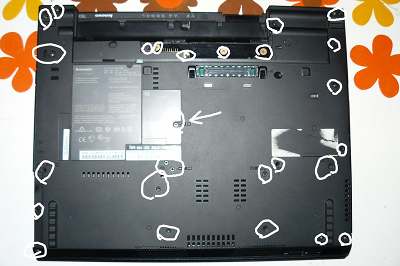

Lift off the palm rest:

Lift up the keyboard, pull it back a bit, flip it over like that and then disconnect it from the board:
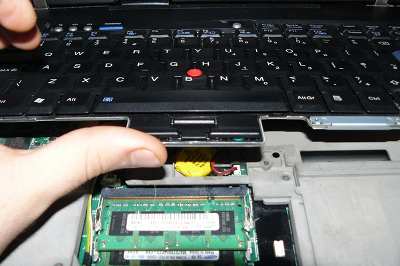
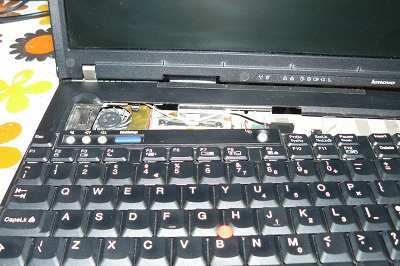
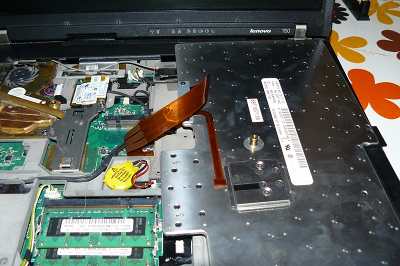
Gently wedge both sides loose:

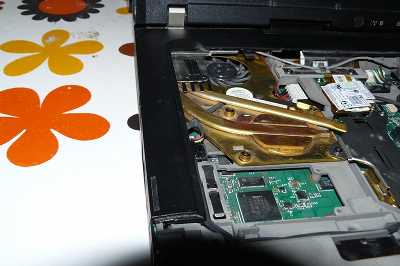
Remove that cable from the position:
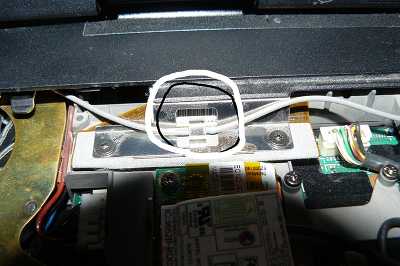
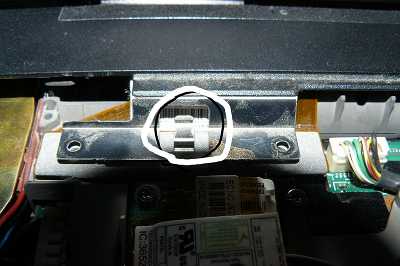
Now remove that bezel. Remove wifi, nvram battery and speaker connector (also remove 56k modem, on the left of wifi):
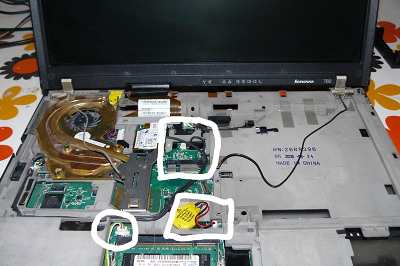
Remove those screws:
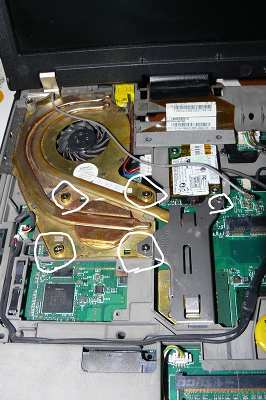
Disconnect the power jack:
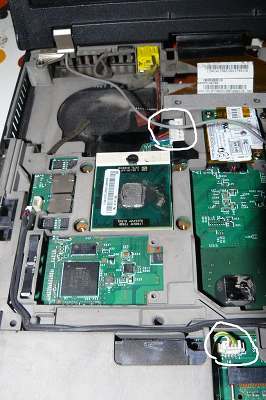
Remove nvram battery:

Disconnect cable (for 56k modem) and disconnect the other cable:
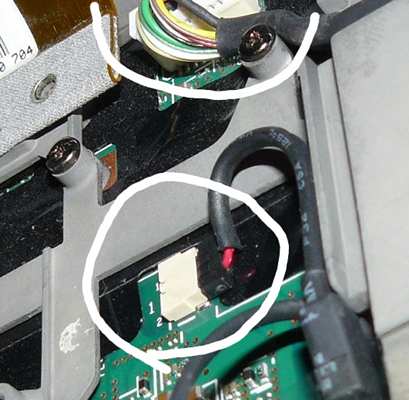
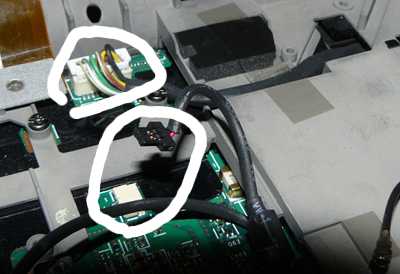
Disconnect speaker cable:
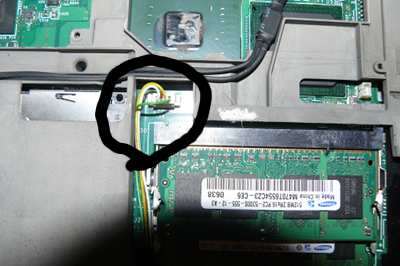
Disconnect the other end of the 56k modem cable:
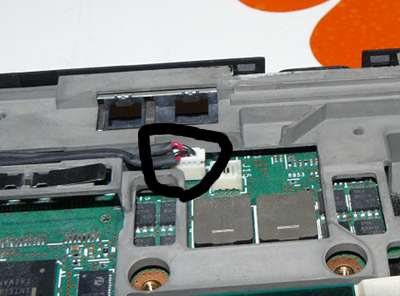
Make sure you removed it:
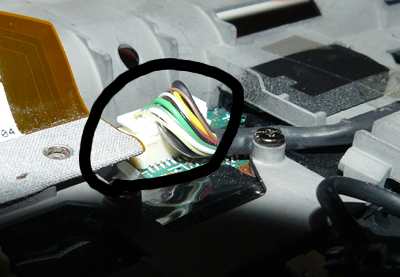
Unscrew those:
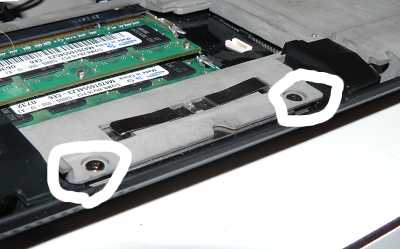
Make sure you removed those:
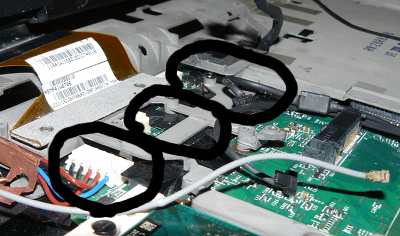
Disconnect LCD cable from board:
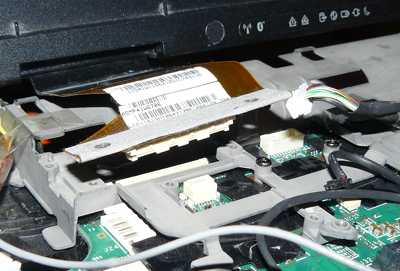
Remove those screws then remove the LCD assembly:
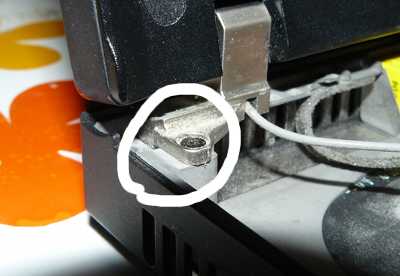
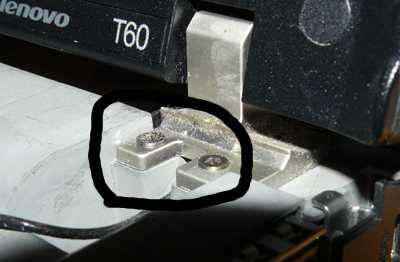

Once again, make sure you removed those:

Remove the shielding containing the motherboard, then flip it over. Remove these screws, placing them on a steady
surface in the same layout as they were in before you removed them. Also, you should mark each screw hole after removing the
screw (a permanent marker pen will do), this is so that you have a point of reference when re-assembling the machine:
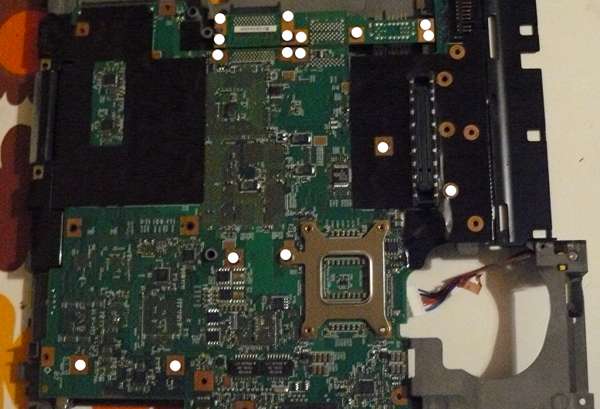
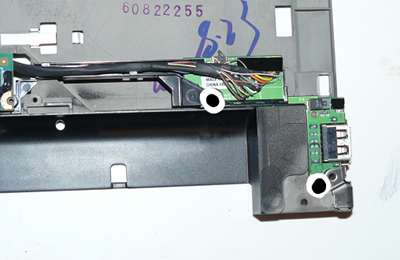
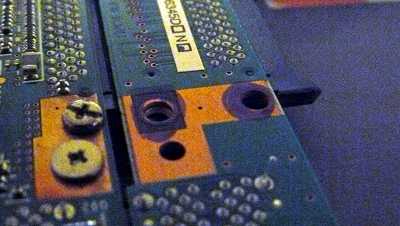
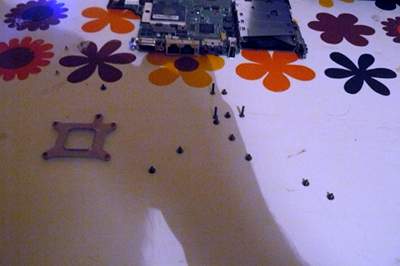
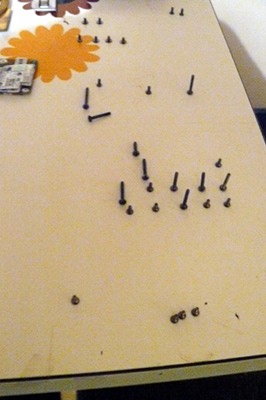
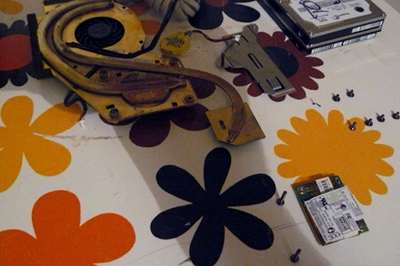
Now wire up the BBB and the Pomona with your PSU.
Refer to bbb_setup.html for how to setup
the BBB for flashing.
Note, the guide mentions a 3.3v DC PSU but you don't need this on the T60:
if you don't have or don't want to use an external PSU, then make
sure not to connect the red/black 3.3v leads mentioned in the guide;
instead, connect the AC adapter (the one that normally charges your
battery) so that the board has power (but don't boot it up)

Correlate the following with the BBB guide linked above:
POMONA 5250:
=== DVD drive ====
18 - - 1
22 - - NC ---- RAM is on this end
NC - - 21
3.3V PSU RED - - 17 - this is pin 1 on the flash chip
=== audio jacks ===
This is how you will connect. Numbers refer to pin numbers on the BBB, on the plugs near the DC jack.
Connect the pomona from the BBB to the flash chip. No pics unfortunately. (use the text diagram above).
Flashrom binaries for ARM (tested on a BBB) are distributed in libreboot_util. Alternatively,
libreboot also distributes flashrom source code which can be built.
SSH'd into the BBB:
# ./flashrom -p linux_spi:dev=/dev/spidev1.0,spispeed=512 -w yourrom.rom
It should be Verifying flash... VERIFIED at the end. If flashrom complains about multiple flash chip
definitions detected, then choose one of them following the instructions in the output.
Put those screws back:
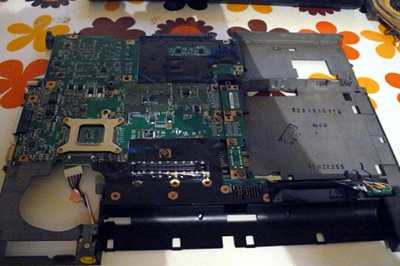
Put it back into lower chassis:

Attach LCD and insert screws (also, attach the lcd cable to the board):
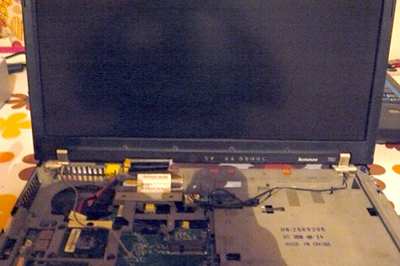
Insert those screws:

On the CPU (and there is another chip south-east to it, sorry forgot to take pic)
clean off the old thermal paste (with the alcohol) and apply new (Artic Silver 5 is good, others are good too)
you should also clean the heatsink the same way

Attach the heatsink and install the screws (also, make sure to install the AC jack as highlighted):
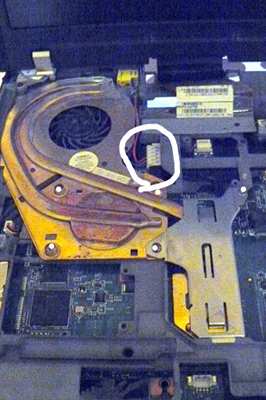
Reinstall that upper bezel:

Do that:

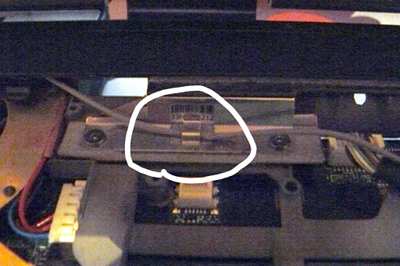
Re-attach modem, wifi, (wwan?), and all necessary cables. Sorry, forgot to take pics. Look at previous removal steps to see where they go back to.
Attach keyboard and install nvram battery:
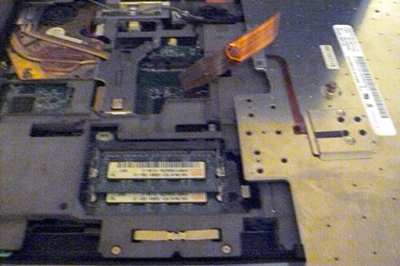
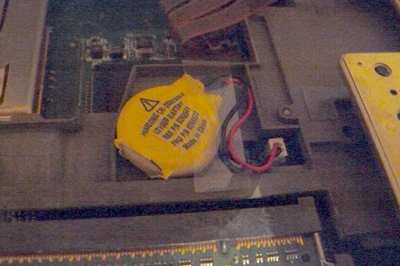
Place keyboard and (sorry, forgot to take pics) reinstall the palmrest and insert screws on the underside:

It lives!

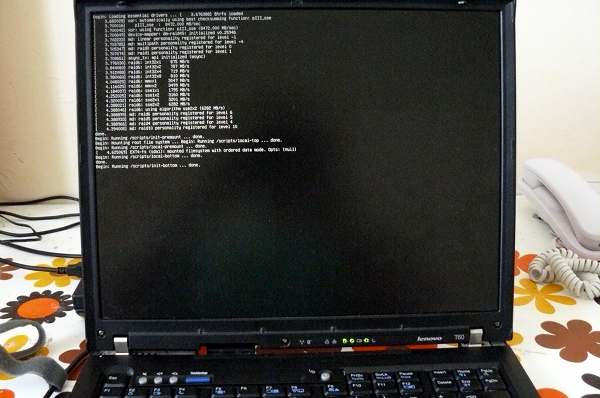
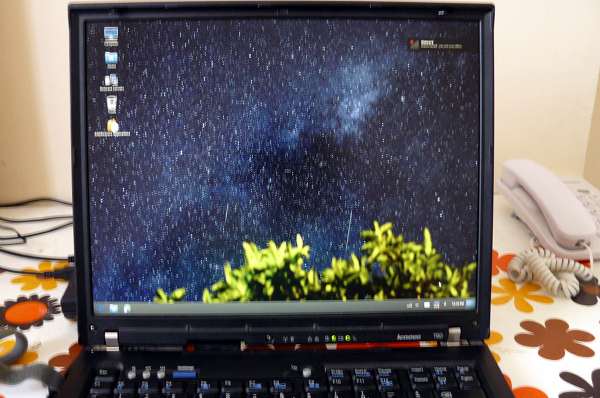
Always stress test ('stress -c 2' and xsensors. below 90C is ok) when replacing cpu paste/heatsink:

















































